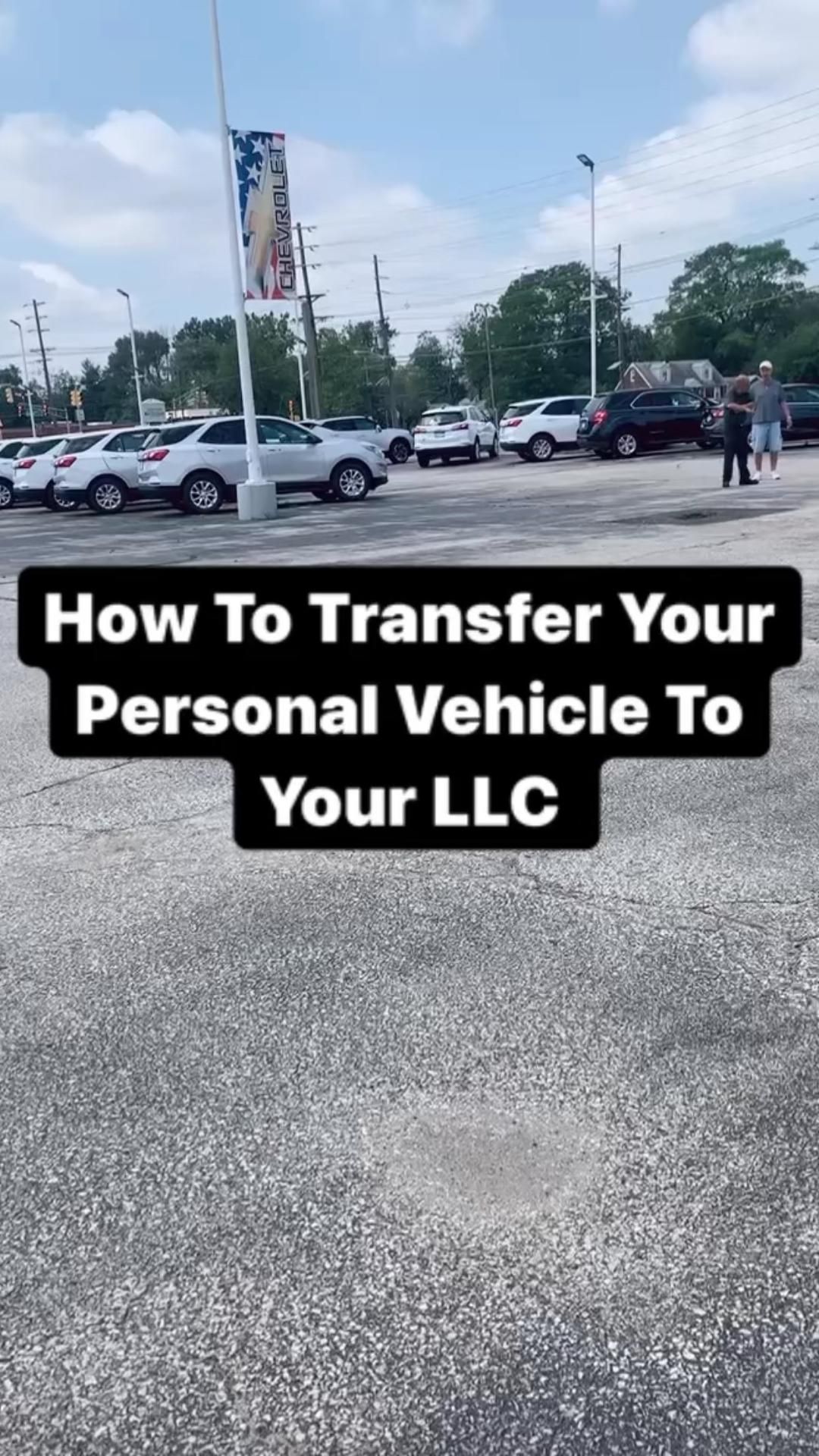How to Transfer Car Title to Another Person
To transfer a car title to another person, both parties must endorse the title and submit it along with the required documentation to the respective DMV. Specific forms and payment for the transfer fee are usually needed.
Transferring a car title is a critical step in the process of buying or selling a vehicle. This administrative procedure ensures legal ownership is properly documented and recognized by state authorities. Sellers and buyers alike must understand and complete the process accurately to avoid future disputes or legal complications.
Navigating this process typically involves the vehicle title, valid identification, and sometimes a bill of sale. Each state may have unique requirements, including emissions testing or safety inspections before the title is transferred. Knowing the specific prerequisites and fees for your location is essential to a smooth transition. The DMV website or a local office can provide guidance tailored to your situation, ensuring you stay compliant with state regulations.
Credit: www.wikihow.life
Check Title Transfer Requirements
Transferring a car title to someone else is like handing over the keys to your car’s history and ownership. It’s crucial to know the steps and the paperwork needed. Each state in the U.S. has its own set of rules for car title transfer. Don’t worry; we’ll walk you through the essential parts of the process.
Research State Laws
First things first—know the rules. The requirements can vary wildly from state to state.
- Age requirement: Some states require the recipient to be of a certain age.
- Emissions testing: A handful of states may need a recent emissions test.
- Sales tax: You might be liable for sales tax on the vehicle.
Your local DMV website is a goldmine of information. They usually have a detailed list of what you need to do.
Gather Necessary Documents
Paperwork is the bread and butter of title transfers. You need a handful of key documents.
| Document | Purpose |
| Car Title | Official ownership document |
| Bill of Sale | Shows the sale agreement |
| Odometer Disclosure | States the car’s mileage |
| Release of Liability | Protects you after the sale |
Remember to check if your state requires a notary. Without one, some states don’t agree the documents are real.
Identify each document, fill in details correctly, and sign where needed. Accuracy is key!
Credit: www.yourmechanic.com
Complete Seller’s Section
Completing the Seller’s Section when transferring a car title is straightforward. This crucial step ensures a smooth transition of ownership. Sellers must fill out proper forms and provide accurate information.
Fill Out Necessary Forms
Every state has unique forms for title transfer. Sellers need to
- Verify the correct forms for the state.
- Download or obtain them from the local DMV website or office.
- Ensure no mistakes when filling out the forms.
Provide Required Information
The seller’s section often requires specific details:
| Date of Sale | Odometer Reading | Sale Price |
| Input the exact sale date. | Record the current mileage accurately. | State the full price received. |
Additional information may include:
- Buyer’s name and address: essential for new certificate issuing.
- Seller’s signature: must be signed as instructed on the form.
Complete all sections, double-check for errors, and ensure legal compliance. A correctly filled seller’s section helps secure a legitimate, hassle-free sale.
Verify Buyer’s Information
Transferring a car title to a new owner is a critical process. It protects both the seller and the buyer. One of the most crucial steps is verifying the buyer’s information. This ensures that the car goes to the rightful new owner.
Obtain Buyer’s Identification
It’s essential to check the buyer’s identity. Ask the buyer for a government-issued ID. Review the ID carefully.
- Look for the buyer’s full name.
- Check the photograph.
- Ensure the ID is valid, not expired.
Record this information. It will be part of the title transfer documentation.
Confirm Buyer’s Address
Knowing the buyer’s address matters. It must match the information on the ID. Ask for a utility bill or bank statement.
- Confirm the address matches the ID.
- Check for any discrepancies.
- Note the address for the title transfer.
Credit: www.wikihow.life
Submit Transfer Documents
Transferring a car title involves paperwork. Ensure all documents are filled out correctly. This step is vital to pass ownership smoothly.
Visit Local DMV Office
Visit Local Dmv Office
The Department of Motor Vehicles (DMV) handles title transfers. Visiting your local DMV office is the first step to transfer a car title. Bring identification, the current car title, and any other necessary documents.
Pay Transfer Fees
Pay Transfer Fees
There are certain fees for title transfer. These vary by state. You must pay these fees to complete the transfer process. Fees may include a title transfer fee, sales tax, and registration fees.
- Title transfer fee
- Sales tax
- Registration fees
Frequently Asked Questions:
What Is Car Title Transfer?
A car title transfer is the legal process where ownership of a vehicle is officially changed from one person to another.
Is Car Title Transfer Mandatory?
Yes, transferring the title of a car is a legal requirement after buying, selling, inheriting, or gifting a vehicle.
How To Initiate A Car Title Transfer?
To initiate a transfer, you typically need to complete a title transfer form, obtain signatures from all parties, and pay any required fees.
What Documents Are Needed For Title Transfer?
Generally, you need the current car title, valid ID, bill of sale, and transfer fee. Specifics vary by state.
Can You Transfer A Title Online?
Some states offer online title transfer services, while others may require in-person filing at a DMV or similar agency.
How Long Does Transferring A Title Take?
Turnaround time for a title transfer can vary by state; it usually takes a few days to a few weeks once all documents are submitted.
Conclusion
Transferring a car title is straightforward with the right steps. Ensuring you have all the necessary documentation is key. Always double-check requirements specific to your state. Remember, clear communication with the buyer or recipient prevents any mishaps. Smoothly passing on your vehicle’s ownership can be hassle-free with these tips.





